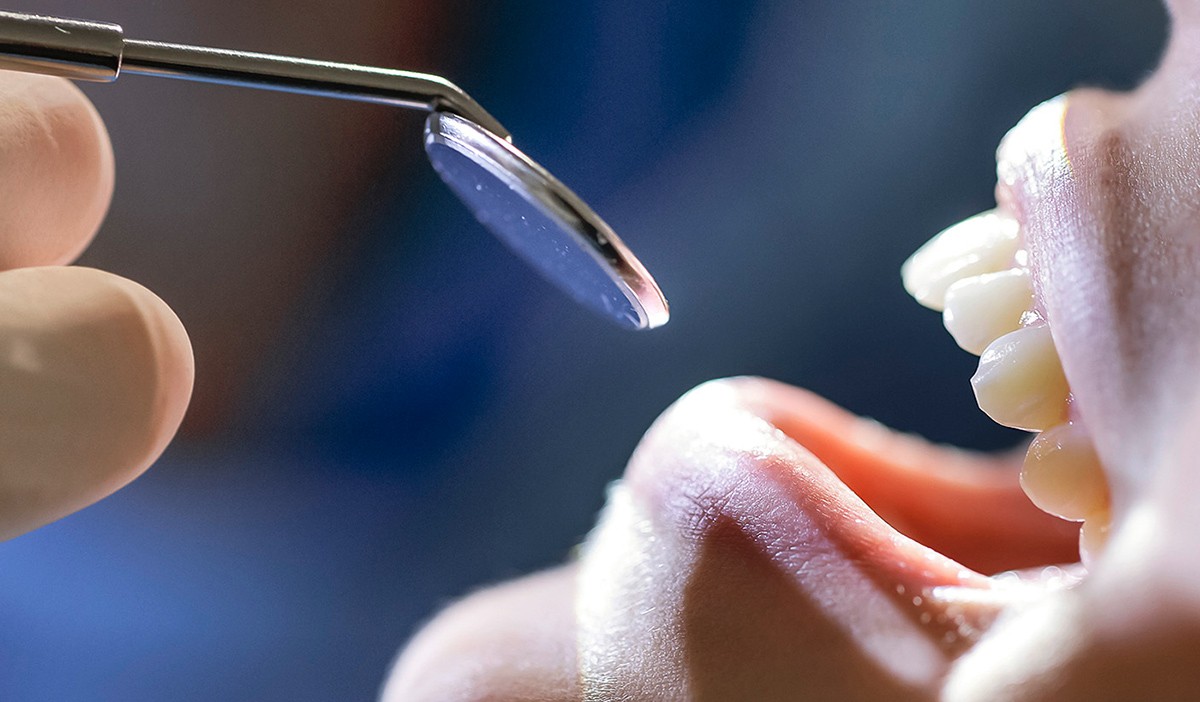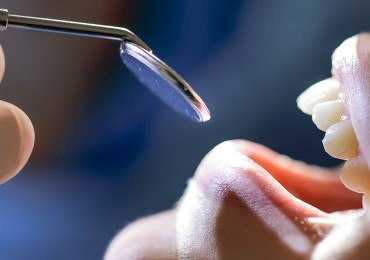Method of treatment of dental tissues and malignant diseases

About Treatment
Periodontology is the main science for dealing with tissues surrounding the teeth, inflammatory diseases and their treatment.
periodontitis; (Periodontal ligament, cementum, alveolar bone) destruction of teeth and females. The gingivitis progressed to the alveolar bone (jawbone). The main cause of periodontitis is bacterial plaque and can be treated mechanically. However, genetic, environmental and systemic factors may also be factors in the development of the disease. Systemic factors include diabetes, cardiovascular diseases, epilepsy, down syndrome, AIDS, blood diseases.
The first symptom of periodontal disease, which is common in the community, is bleeding in the gingiva. The gums are red, swollen and shiny. Often this statement is accompanied by bad breath, gum scratching, bleeding, and tenderness in the teeth.
Periodontal diseases can affect people of all ages differently and severely, from childhood to old age. Often the patient does not have a complaint like pain and can progress without symptoms. When the patient complains, the firm, non-carious teeth are lost by shaking due to tissue-to-tooth losses.
Treatment Methods
The main purpose of periodontal treatment is to keep unhealthy teeth in your mouth that seem desperate. Different treatment methods are applied according to the type and severity of the disease. These; It can be summarized simply as oral hygiene education, tooth cleaning, root surface smoothing, regenerative, reconstructive and mucogingival operations. At the same time, it is within the scope of periodontal treatment to ensure that individuals with high laughing habits gum. The type and severity of the disease; The patient's habits and cooperation with the physician, the standard of oral hygiene, the treatment planning and the success directly.
Periodontal treatment is the dentistry service where the results are final and patient satisfaction is the highest when early intervention is needed. It should not be forgotten that no restorative treatment can be applied to teeth that are not healthy periodontally.

 Türkçe
Türkçe English
English Deutsch
Deutsch Norsk
Norsk русский
русский
